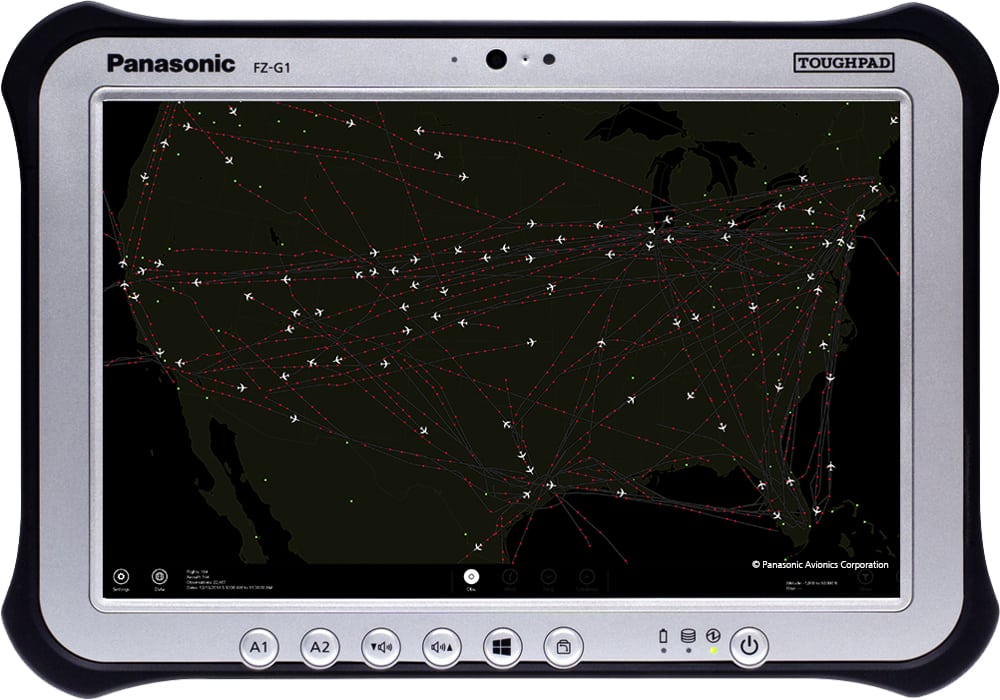 |
| Panasonic Avionics FlightLink system. Photo: Panasonic Avionics |
[Avionics Magazine 11-29-2016] Panasonic Avionics and Safety Line have entered into a strategic partnership that aims to enable airlines to access fuel savings through improved weather forecasting. As part of the agreement, Panasonic Weather Solutions (PWS) will provide Safety Line with enhanced global weather forecasting through real-time weather data collection from its (Tropospheric Airborne Meteorological Data Reporting) TAMDAR sensors and FlightLink Iridium system, data that the company will in turn provide to pilots through Safety Line’s OptiClimb solution
TAMDAR data provides observations of wind, temperature, and moisture every five seconds as TAMDAR-equipped aircraft descend and ascend at nearly 300 airports across North America. It also collects about 3,500 profiles each day from several hundred additional airports located in East Asia, the Pacific, and Europe. This data is then used by Panasonic’s Forecasting Center of Excellence (FCoE), which develops detailed station-based weather forecasting, as well as enhanced weather forecasting.
Panasonic’s expert meteorologists will use these unique atmospheric datasets, as well as sophisticated 4D quality control and proprietary forecasting models, to provide Safety Line with unmatched forecasts.
OptiClimb from Safety Line uses such highly accurate, real-time refreshed PWS weather forecasts in lieu of the standard weather parameters to offer optimized climb profiles for each flight. The process is fully automated from the weather live feed to flight plan analysis and climb schedule issuance to the pilot.
Pansonic claims that airlines can reduce fuel consumption by up to 10 percent during ascent using OptiClimb. Transavia is the launch customer for OptiClimb, and will use the solution in the operation of its fleet of 26 Boeing 737-800 aircraft.
PWS FlightLink weather sounding and tracking system is already in service on 35 Airbus A320 aircraft at Air Asia, and there are 250 aircraft in service globally with PWS TAMDAR weather sensors.